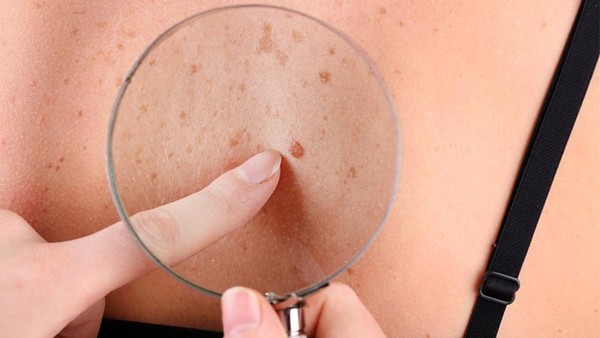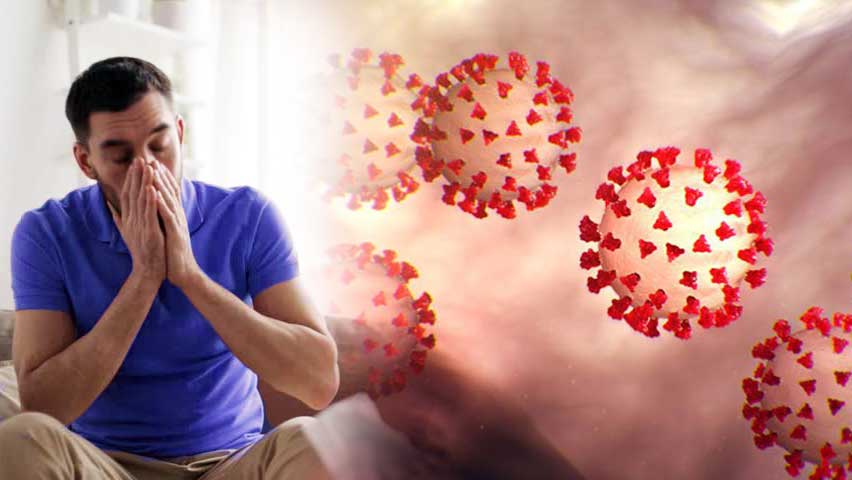Are you worried about losing your skin color? Want to find out more about skin disorders? If your answer to one of these two questions is yes, then you should continue reading.
In the following sections, we will discuss melanin, skin color, and its vital functions. After that, we will continue to describe the most common Skin Pigmentation Disorders, as well as certain remedies to treat them (if possible).
Melanin, Skin Color
It is common knowledge that skin color is determined by melanin, a pigment that reflects the pigment produced by melanocyte. These are special cells, which are responsible for determining the amount of melanin present in the human skin. However, this color not only affects skin color but also oil and eye hair. The amount of melanin in a person’s skin varies according to race and the amount of sun exposure.
Lastly, it is very important, because exposure to the sun always stimulates the production of melanin. This is actually a way of protecting yourself from the harmful action of UV rays. It is also worth mentioning that there are a few factors that can affect the production of melanin at the skin level, hormonal changes are at the top of the list.
Skin Rash Disorders, Are More Common Than You Think
Worldwide, there are millions of people with skin disorders. In some cases, as you will have the opportunity to read below, skin color is permanently lost and cannot be detected. In some cases, the loss of pigment is temporary, and with proper treatment, the skin returns to normal. Now, let’s go ahead and find out more about some of the common skin diseases of the skin.
Albinism, Total or Partial Loss of Color
Albinism is a natural problem of skin rash, found in genes (transmission from one generation to the next). As mentioned above, it is defined as a complete or partial loss of skin color. People are born with albinism and their skin color and hair color are different from other family members. The hair is white and the skin is pale, and the eyes are pink. Unfortunately, there is no cure for albinism. People who suffer from this condition are advised to avoid exposure to the sun, as they do not have the skin holes needed to protect themselves from harmful UV rays.
Melasma, Pregnancy Mask
Melasma is a common skin disorder that is more common in pregnant women, which is why it is so common in pregnancy. It is characterized by areas of hyperpigmentation that are visible at the level of the face, dark brown. According to experts in the field, there are a number of factors that contribute to the appearance of melasma, including hormonal changes, sun exposure, or oral contraceptives.
This condition can be improved by using creams or glowing skin or by non-invasive treatments, such as chemotherapy or laser resurfacing. Patients are recommended to use sunscreen with a high SPF when they come out and, if possible, to protect from sun exposure (this will prevent the condition from growing).
Weight Loss And Skin Damage
It is possible that pigment loss occurs in people who have suffered various types of skin damage. This is often seen in those who have sores or bruises, as well as in patients who are inflamed or who suffer from bacterial infections. Basically, the skin fails to color the lost area, which leads to blood loss. There is no cure for these problems, but there are creams that can be applied even on the skin.
Vitiligo, A Common Cause of Color Loss
When a person suffers from vitiligo, it means that melanocytes at the skin level do not work properly. This can be malfunction or completely lost, leading to the appearance of white patches on the skin, with a smooth, reflective text. The skin is very sensitive to those areas, because it does not have the necessary melanin to protect itself.
Unfortunately, vitiligo cannot be cured. Patients are advised to cover white patches on the skin; they can receive ultraviolet light therapy or use topical corticosteroid therapy. The worst solution is skin removal that has always been ineffective with color loss.
These are some of the most common skin pigmentation diseases. Because some of these cannot be treated, many patients struggle with feelings of low self-esteem, anger, and frustration, seeking psychological counseling to cope with their feelings and to cope with the situation.



